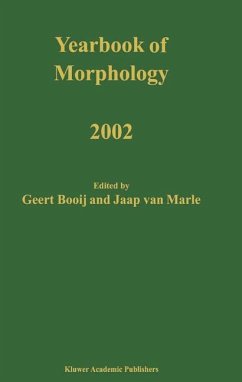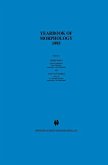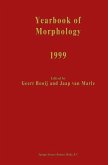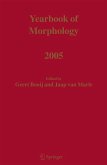A revival of interest in morphology has occurred during recent years. The Yearbook of Morphology series, published since 1988, has proven to be an eminent support for this upswing of morphological research, since it contains articles on topics which are central in the current theoretical debates which are frequently referred to.
In the Yearbook of Morphology 2002 a number of articles is devoted to the morphology of a variety of pidgin and creole languages which appear to have much more morphology than traditionally assumed.
A second topic of this volume is the morphological use of truncation for the coinage of proper names in Germanic and Romance languages, in particular endearment forms, with highly interesting consequences for the theory of phonology-morphology interaction.
Thirdly, this volume contains articles on how affixes are combined and ordered in complex words, and the complex linguistic principles behind these orderings.
In the Yearbook of Morphology 2002 a number of articles is devoted to the morphology of a variety of pidgin and creole languages which appear to have much more morphology than traditionally assumed.
A second topic of this volume is the morphological use of truncation for the coinage of proper names in Germanic and Romance languages, in particular endearment forms, with highly interesting consequences for the theory of phonology-morphology interaction.
Thirdly, this volume contains articles on how affixes are combined and ordered in complex words, and the complex linguistic principles behind these orderings.









